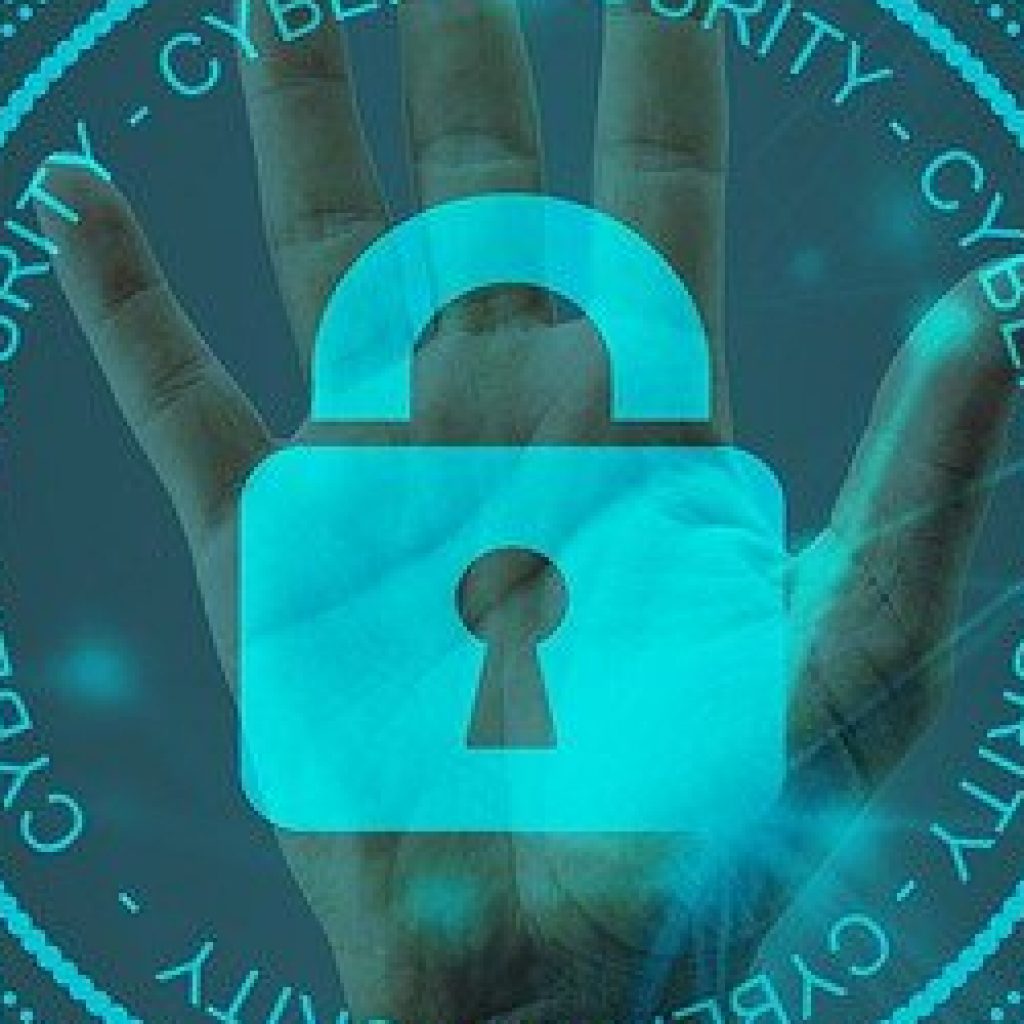(QuantumExcBlog) QuantumXchange’s always informative and timely blog provides a chilling look into “fingers on the keyboard warfare…” with cyber being one of the five domains of warfare: land, sea, air, space & cyber.
Russia’s unprovoked attack on Ukraine prompted the United States Cybersecurity and Infrastructure Security Agency (CISA) to issue a Shields Up alert encouraging all U.S. organizations to adopt a heightened security posture to protect critical assets and essential services.
While these measures are intended to reduce the likelihood of a damaging cyber intrusion, we know that threats from nation-state actors will continue to increase in volume and sophistication. In the case of the Ukraine invasion, we see how warfare is not just boots on the ground, but fingers on the keyboard. Also known as the fifth dimension of warfare – land, sea, air, space, and cyber.
Imagine the catastrophic consequences of a large-scale quantum attack on critical infrastructure. In the hands of the enemy, a quantum computer capable of destroying RSA- encrypted data would have devastating effects on our critical infrastructure and economy. It’s no different than the fear of conventional warfare going nuclear.
The Hudson Institute’s Risking Apocalypse? Quantum Computers and the U.S. Power Grid is a good read on just how vulnerable the power grid is to cyberattack and how a quantum attack could break the back of the U.S. economy.
Quantum attacks or Y2Q, is just a distant scenario or research simulation model done by think tanks. But we know adversaries like Russia, China, Iran and North Korea are stealing our encrypted data, waiting for the day a quantum computer can break its encryption – an attack known as harvesting.
In the new eBook, “The Great Crypto Migration: Preparing Your Organization for a Multiyear Post-Quantum Cryptography Transition,” Quantum Xchange explores lessons learned from Y2K, why today’s environment and attack surface differs, and government’s response to the threat via the NIST PQC Project which states: “It is critical to begin planning for the replacement of hardware, software and services that use public-key algorithms now so that information is protected from future attacks.”
